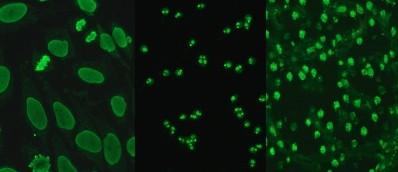US FDA, EMA offer similar explanations for ADC regulations

“ADCs have a biological component, a monoclonal antibody, and a drug component that are linked together,” Kristofer Baumgartner, Center for Drug Evaluation and Research trade press officer told BioPharma-Reporter.com
“The agency makes an assessment of the appropriate regulatory pathway for the product in light of various considerations. The constituent parts of combination products retain their regulatory status, as a drug and a biologic in the case of the constituent parts of an ADC.
“This is reflected, for example, in the final rule published last year on current good manufacturing practices for combination products, which codifies that the cGMP regulations for both drugs and biologics apply to drug-biologic combination products, including ADCs,” he added.
A Genentech spokeswoman told us that although they have one ADC approved to treat breast cancer, and several others in their pipeline, the company defers to the FDA on how their regulations have impacted companies’ pipelines. Other large biotech firms also seem happy to follow the FDA’s lead.
EU Standards
As for European Union’s regulations, Sophie Labbé, spokeswoman for the EMA, told us: “Here, for ADCs, from a regulatory perspective, the scientific requirements are somewhat enhanced with such products as requirements of both biologicals and small chemical molecules are applicable.
She explained that both the metabolism of the cytotoxic, which is generally waived for biologicals, and immunogenicity, which is rarely an issue with small chemical molecules, have to be considered for ADCs.
“In addition, data on the stability of the conjugate should be collected and submitted/assessed, as the conjugate should not be broken into its components inside the body,” Labbé said.
And this is enough for the EMA according to Labbé who added “We are not developing specific guidelines on ADCs as there is nothing unique about ADCs,” she added, echoing the FDA, “that is not covered by regulatory considerations for small molecules and biologicals combined, with the exception of the compound stability issue which is also covered by existing guidance."








